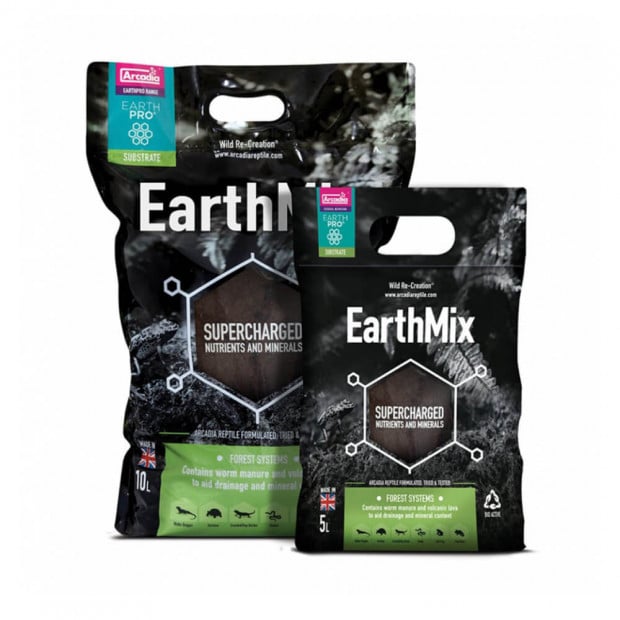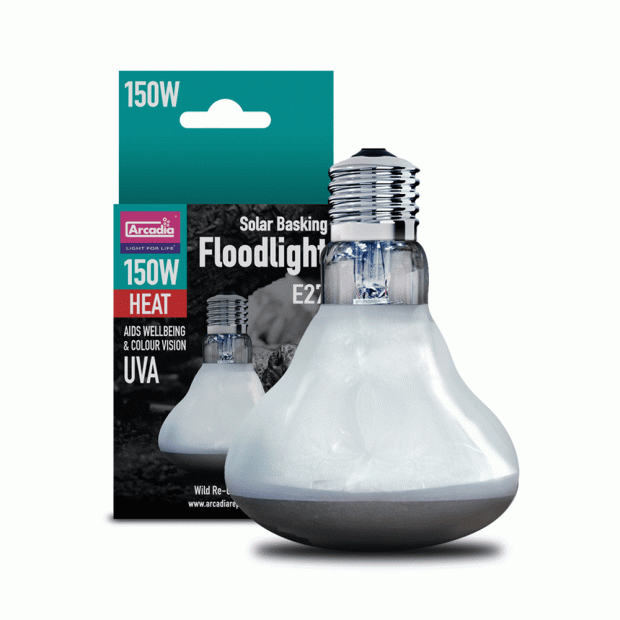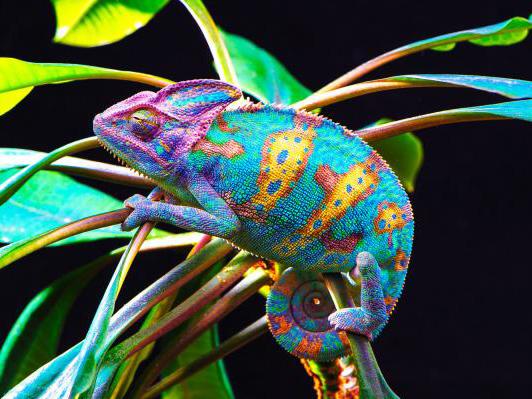-
Categories: Care sheetsLizards
Yemen chameleon, Chameleo calyptratus, care sheet
Yemen chameleon, Chameleo calyptratus, husbandry guide from the experts at Swell Reptiles, covering housing, heating, lighting and more.
Yemen chameleon, Chamaeleo calyptratus
Yemen chameleons make a great choice for beginner chameleon keepers

- Yemen chameleons make a rewarding challenge for keepers
- Fascinating to watch explore and hunt their livefood
- Fairly easy to take care of in comparison with other chameleons
Do Veiled chameleons make good pets?
Yemen Chameleons make interesting and unique pets. With their abilities to change colour and catch prey using their elongated tongue, they are sure to turn heads and garner interest from even non-reptile keepers. However, although veiled chameleons are friendly when young, this species does grow up with a territorial attitude that may prove a challenge to handle. Past adolescence, they do not like to be over-handled and may become irritable after being picked up. Veiled Chameleons are at their best when being watched and left to their own devices, making them ill-suited to first-time reptile keepers or those with children.
What is the best enclosure for a Yemen chameleon?
The Yemen chameleon isn't a small species, and it requires a lot of space to move around. A minimum of 90 x 45 x 90cm should be provided, although bigger is definitely appreciated, especially for large males. We stock a variety of enclosures for the species including the Exo Terra Glass Terrarium 90x45x90cm. This will provide a good opportunity for horizontal movement as well as all-important arboreal habits.
Which substrate should I choose for my Veiled chameleon?
To begin, your enclosure will need a good-quality loose substrate such as soil - this will ensure moisture is held, and also provides a layer for females to dig when egg-laying (females may lay eggs even if they haven't been with a male, so this is an important consideration). The soil will also provide the option of a live planted terrarium, which is much more natural and aesthetically pleasing. We recommend the Arcadia EarthMix which provides plenty of nutrients while being well-suited to the moist conditions Veiled Chameleons require.
It may also be a good idea to think about a drainage layer, consisting of a layer of hydro rocks (such as our own Swell Premium Hydro Rocks), matting (such as our own Hydro Matting) and then your substrate - this will stop the soil from becoming waterlogged and helps aid humidity in the tank by re-using the water that collects in the bottom layers.
Do Yemen chameleons need heating and UVB?
Heat and UVB are vital elements of any reptile enclosure. For the Yemen Chameleon, you will first require a good heat source - either a basking lamp (such as Arcadia Solar Flood Bulbs) or a ceramic heater (such as our Swell Ceramic Heat Emitter) are best. Any heat source should be attached to a thermostat (such as the Habistat Dimming Thermostat) for regulation and the safety of the animal. You should also use an accurate digital thermometer for monitoring (such as our Swell Digital Thermal Hygrometer). This should be placed at the top of the enclosure, facing down as the chameleon would also bask at height.
A temperature of between 32-35C should be maintained in this basking area, with the cooler areas of the tank remaining around 22-25C, allowing your chameleon to move away from the heat as well as towards it for basking. During the night, you may not need to heat the enclosure, as temperatures can drop to around 15-20C - this mimicking a natural temperature drop experienced by the animals in a wild setting.
The enclosure will also need a good quality UVB light (such as the Arcadia ProT5 6%). This bulb will enable your animal to metabolise key nutrients and use them effectively in the body, as a result, not having this UV can make them extremely ill and can even prove fatal. You will need to use the UVB light in a 12 hours cycle, going off as the temperature drops.
What humidity levels do Veiled chameleons require?
Another consideration of the Veiled chameleon’s environment is the humidity. For a Yemen Chameleon, this should remain between 60% and 80% (measured with an accurate digital hygrometer). To achieve this humidity, the enclosure will require frequent spraying, a good quality, moisture-holding substrate (such as Arcadia EarthMix) and possibly the addition of a fogger (such as the Zoo Med Repti Fogger Terrarium Humidifier).
How do I decorate a Veiled chameleon’s terrarium?
To be sure that your Yemen chameleon can make use of the entire enclosure, lots of decor will need arranging in your enclosure. It’s essential that the climbing structure created is sturdy enough to hold the weight of the animal and that it creates access to the higher portions of the tank making heat and UV more accessible. For this, you could use a variety of natural branches, logs, vines and foliage (such as the Komodo Tropical Vine Branch Large or the Swell Bendable Retile Tree). To allow your chameleon to take cover from heat and UV and hide from view, you should also use some of this decor to create sufficient 'off show' areas - for example, dense foliage over a branch to create a hidden area underneath (this can be achieved using our Swell Trailing Ficus). Being diurnally active, the hidden areas won’t affect your viewing of your veiled chameleon as they will still venture out to bask and feed, and they are usually active animals.
What do Yemen chameleons eat and drink?
Your Veiled chameleon is omnivorous, which means it will feed on a variety of live food such as crickets, locusts, cockroaches, and worms but also a small amount of vegetation - which is a great opportunity for extra vitamins. All food provided will need supplementing with calcium, multivitamins and D3 powders, in the relevant feeding cycle.
It is also very beneficial to feed live food up before it goes to your chameleon to make them even more nutritious (this can be done with our own Swell Premium Bug Grub). Chameleons are arboreal so they must be kept lightweight and agile, the best way to do this is through a varied diet and the introduction of a few starve days.
Another aspect to note is that the chameleon won’t drink from still water, such as in a water dish, and it’s therefore highly recommended that a fountain or dripper (such as the Swell Drinking Fountain) is included to ensure that your chameleon is constantly hydrated. Another good idea is the use of broadleaf plants on which water can collect for the chameleon to drink off (such as the Exo Terra Plant Dripper).
Is a Yemen chameleon a lizard?
Yes, chameleons are a type of lizard (so all chameleons are lizards but not all lizards are chameleons). A lizard tends to be a reptile with four legs, external ear openings and a slender body - all of which a chameleon has. However, what makes a chameleon a chameleon is its ability to change its skin colour and fire its long tongue as a projectile. Veiled chameleons [Chamaeleo calyptratus] are chameleons and therefore also lizards and reptiles.
How long do Veiled chameleons live?
Different chameleons live different amounts of time with the shortest lifespans only lasting around 2 years and the longest-running up to around 10 years. Yemen chameleons live about 6 to 8 years depending on a variety of factors including diet, health and lifestyle.
| Common names | Veiled chameleon, Yemen chameleon |
| Scientific name | Chamaeleo calyptratus |
| Country | Saudi Arabia |
| Captive-bred | Yes |
| Adult size | Female: 13-18cm Males: 25-30cm |
| Natural habitat | Arabian Peninsula, Arboreal living |
| Housing | Vertical enclosure |
| Ideal temperature | 72-80F/22-26C (daytime enclosure) 85-95F/29-35C (basking spot) 65-75F/18-23C (nighttime enclosure) |
| UVI | 3-4 |
| Ideal humidity | 60-80% |
| Diet | Insectivorous |
| Average lifespan | 6-8 years |
| Personality | Territorial |
| Ease of handling | Challenging |
| Cohabitable | No |









